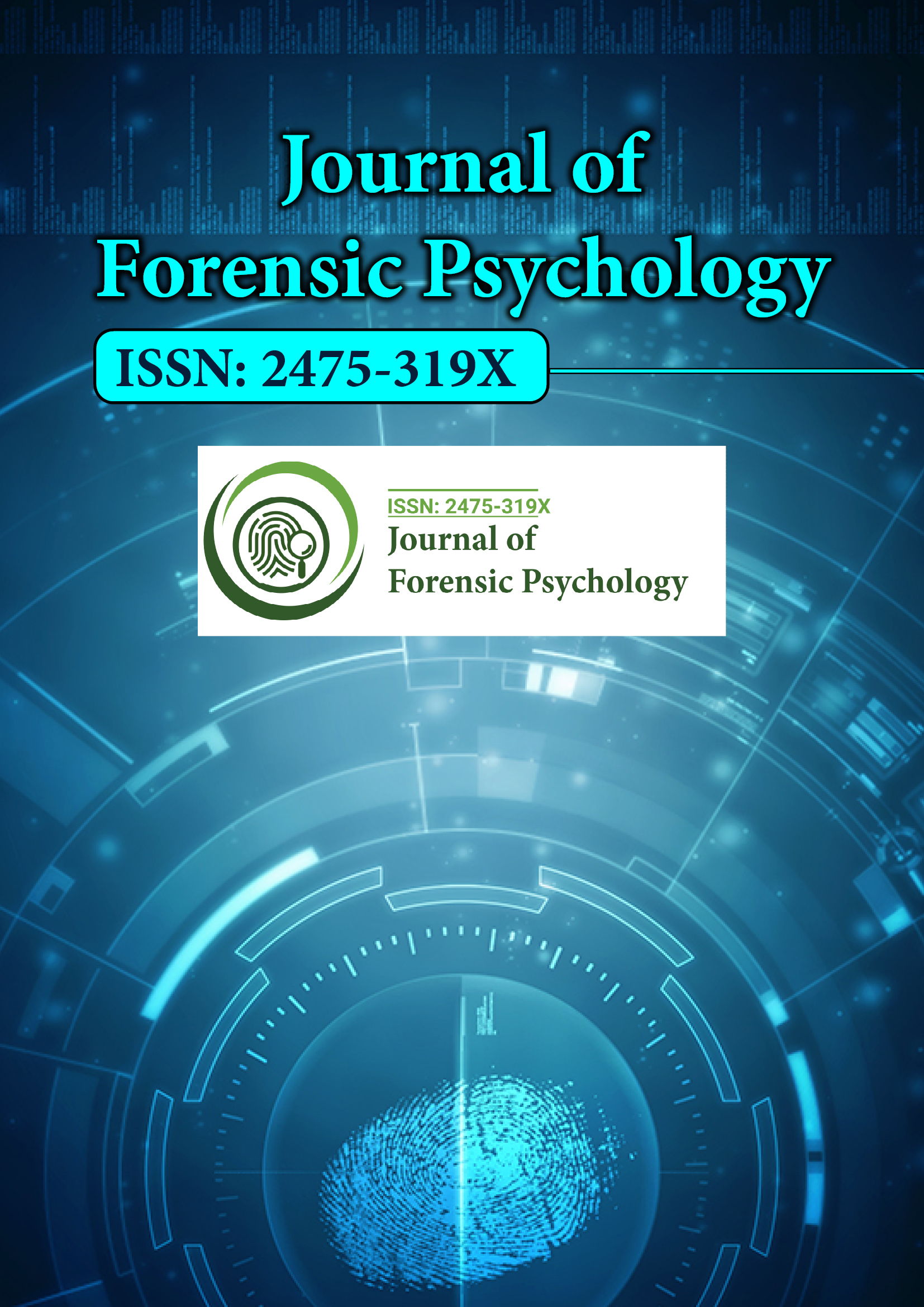зҙўеј•дәҺ
- еҸӮиҖғжҗңзҙў
- е“Ҳе§ҶиҫҫеӨ§еӯҰ
- дәҡеҲ©жЎ‘йӮЈе·һEBSCO
- жҷ®еёғйҡҶж–Ҝ
- ж—ҘеҶ…з“ҰеҢ»еӯҰж•ҷиӮІдёҺз ”з©¶еҹәйҮ‘дјҡ
- 欧жҙІй…’еҗ§
- и°·жӯҢеӯҰжңҜ
жңүз”Ёзҡ„й“ҫжҺҘ
еҲҶдә«жӯӨйЎөйқў
жңҹеҲҠдј еҚ•

ејҖж”ҫиҺ·еҸ–жңҹеҲҠ
жҠҪиұЎзҡ„
дёүз»„зү№е®ҡеҗҢиҙЁд»»еҠЎдёӢзҡ„е·ҘдҪңзӣёе…іеҺӢеҠӣ
еҗүе®ү弗兰科·жүҳжў…гҖҒеҚЎжҙӣ·и’ҷи’ӮгҖҒеҚўиҘҝдәҡеЁң·иҸІдё№жүҺгҖҒзҪ—дјҜжүҳ·й©¬иҘҝзұігҖҒеј—жӢүз»ҙеҘҘ·иҘҝ科еҲ©е°јгҖҒйҳҝе®үж–ҜеЎ”иҘҝеЁ…·иӢҸзҡ®гҖҒдәҡеҺҶеұұеҫ·жӢү·иҝӘ·й©¬йҪҗеҘҘгҖҒеӨҡзәіжүҳ·и“¬дҪ©еҘҘ·еҫ··еҲҮиҗЁйӣ·гҖҒж јжӢүйҪҗдәҡ·еҗүзұіжӯҮе°”гҖҒиҙ№д»ЈдёҪеҚЎ·еҫ··й©¬еҸҜгҖҒж–Ҝзү№еҮЎе°јдәҡ·й©¬е°”д№”еҶ…гҖҒзҪ—дјҜжүҳ·жңұжҜ”жӢүи’ӮгҖҒеј—жң—еҲҮж–Ҝ科·жүҳжў…3гҖҒеё•ж–ҜеӨёиҺұ·йҮҢеҘҮгҖӮ
е…ідәҺеҺӢеҠӣзҡ„еҢ»еӯҰзӨҫдјҡе’ҢеҢ»еӯҰжі•еҫӢж–№йқўпјҢжҲ‘д»¬з ”з©¶дәҶеҺӢеҠӣеҜ№дёҚеҗҢеҠіеҠЁдәәзҫӨзҡ„еҪұе“ҚгҖӮ
иғҢжҷҜпјҡеҺӢеҠӣжҳҜ第дәҢеӨ§жңҖеёёи§Ғзҡ„е·ҘдҪңзӣёе…іеҒҘеә·й—®йўҳпјҢеҪұе“ҚдәҶ欧зӣҹзәҰ 22% зҡ„е·ҘдәәгҖӮ欧жҙІе·ҘдҪңе®үе…ЁдёҺеҒҘеә·еұҖ (2000) е°Ҷе·ҘдҪңзӣёе…іеҺӢеҠӣе®ҡд№үдёә“еҪ“е·ҘдҪңзҺҜеўғзҡ„иҰҒжұӮи¶…еҮәе·Ҙдәәеә”еҜ№иғҪеҠӣж—¶еҸ‘з”ҹзҡ„жғ…еҶө”гҖӮ
еңЁиҜ„дј°дёҺе·ҘдҪңзӣёе…ізҡ„еҺӢеҠӣж—¶пјҢиҮіе…ійҮҚиҰҒзҡ„жҳҜзЎ®е®ҡиғҪеӨҹдә§з”ҹе’ҢеўһеҠ еҺӢеҠӣзҡ„еӣ зҙ пјҢд»ҘдҫҝзЎ®е®ҡзү№еҲ«еӨ„дәҺеҚұйҷ©дёӯзҡ„дё»дҪ“зұ»еҲ«е№¶и®ЎеҲ’йў„йҳІгҖҒж¶ҲйҷӨжҲ–йҷҚдҪҺйЈҺйҷ©зҡ„е№Ійў„жҺӘж–ҪгҖӮ
жқҗж–ҷдёҺж–№жі•пјҡз ”з©¶зҡ„зӣ®зҡ„жҳҜжүҫеҮәжҜ”иҫғдёӯзҡ„е…ій”®й—®йўҳпјҢдёҺзү№е®ҡзҡ„еҗҢиҙЁд»»еҠЎиҝӣиЎҢжҜ”иҫғ
• еҲҶжһҗзҡ„д»»еҠЎ-з®ЎзҗҶпјҲn.519пјү
• еҸёжңә/жҗ¬иҝҗе·Ҙ/й—ЁеҚ«/е·Ҙдәә (n.103)
• зӨҫдјҡе·ҘдҪңиҖ…/ж•ҷиӮІе·ҘдҪңиҖ…/ж•ҷеёҲпјҲ第 31 еҗҚпјү
дё»и§ӮпјҡйҰ–е…ҲеҜ№дёүдёӘз»„зҡ„еҺӢеҠӣиҝӣиЎҢиҜ„дј°пјҢ然еҗҺжҢүжҖ§еҲ«еҲҶеұӮпјҢиҜ„дј°з”·жҖ§е’ҢеҘіжҖ§дәҡз»„зҡ„еҺӢеҠӣгҖӮ
з»“жһңпјҡйҖҡиҝҮеҺҹеҲӣзҡ„гҖҒж–°зҡ„гҖҒйў„йҳІжҖ§зҡ„гҖҒд»ҺжңӘеә”з”ЁиҝҮзҡ„еҚҸи®®пјҢж–°зҡ„еҺҹеҲӣз»“жһңе…Ғи®ёзә жӯЈиў«е®ҡд№үдёәеҚұжҖҘзҡ„жғ…еҶөпјҢиҝҷдәӣеҚҸи®®еӨ„дәҺе·ІзҹҘзҡ„йў„йҳІжҠҖжңҜзЁӢеәҸзҡ„жңҖеүҚжІҝгҖӮ
з»“и®әпјҡжҲ‘们зҡ„з ”з©¶иЎЁжҳҺпјҢеҜ№дәҺжүҖеҲҶжһҗзҡ„еӨ§еӨҡж•°д»»еҠЎпјҢеңЁеҪјжӯӨжҜ”иҫғзҡ„еҗ„з§Қзү№е®ҡд»»еҠЎдёӯпјҢд»ҘеүҚд»ҺжңӘз ”з©¶иҝҮ并зӣёдә’жҜ”иҫғпјҢеҸ‘зҺ°жҹҗдәӣйўҶеҹҹзҡ„еҺӢеҠӣж°ҙе№іеңЁжҹҗдәӣд»»еҠЎдёӯиҰҒй«ҳеҫ—еӨҡгҖӮ